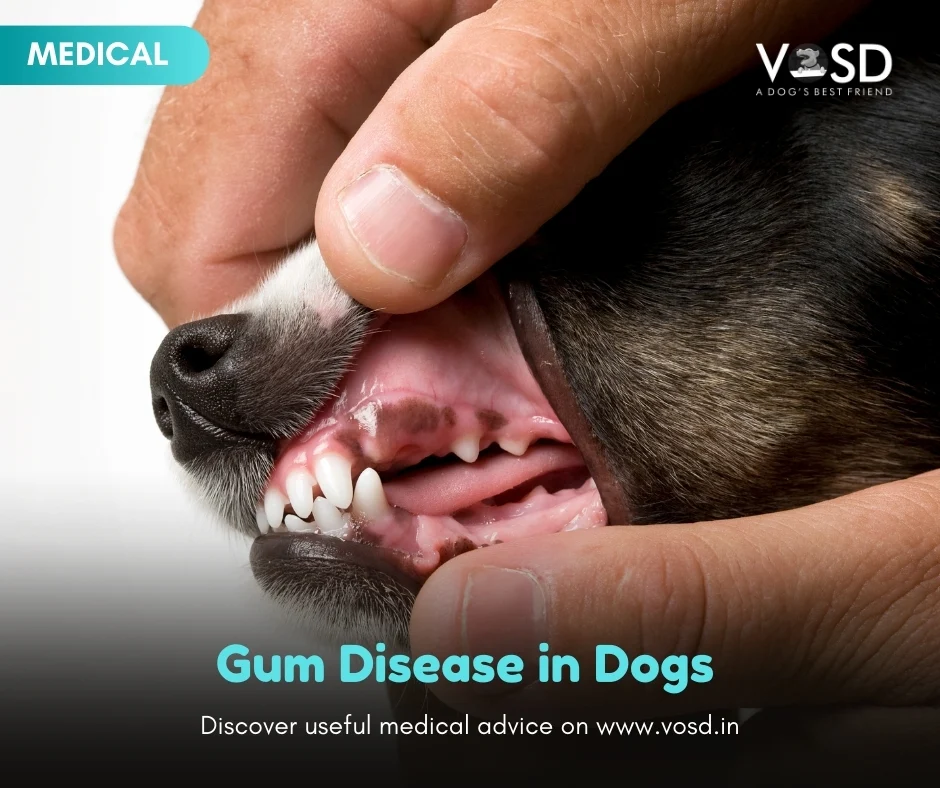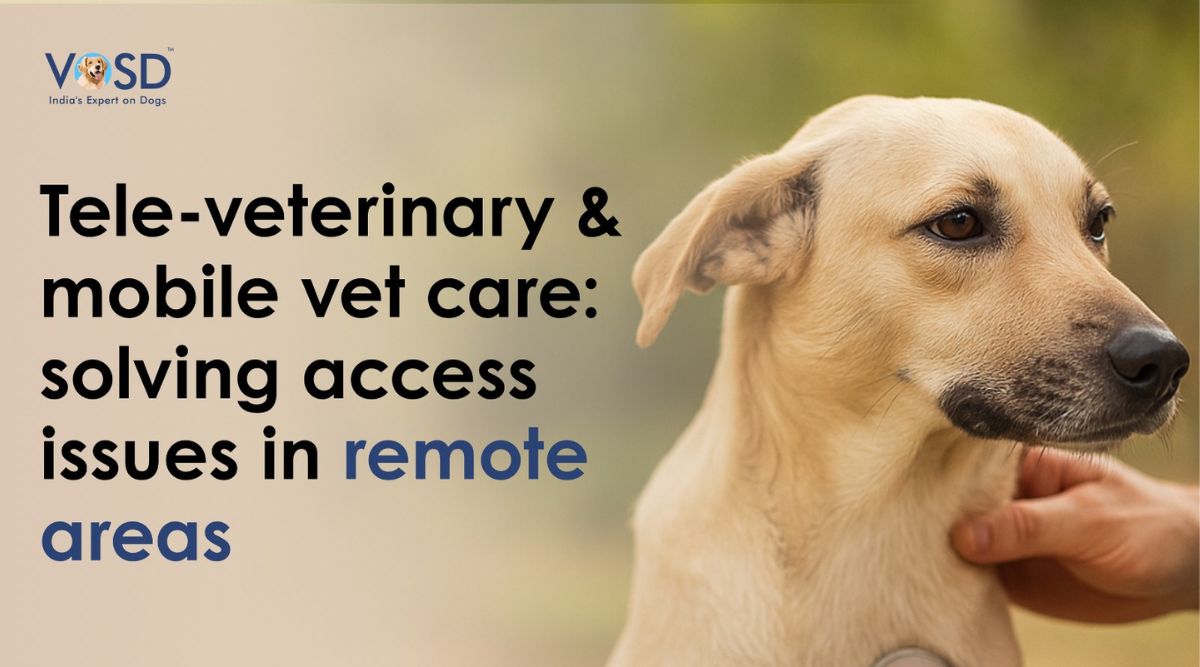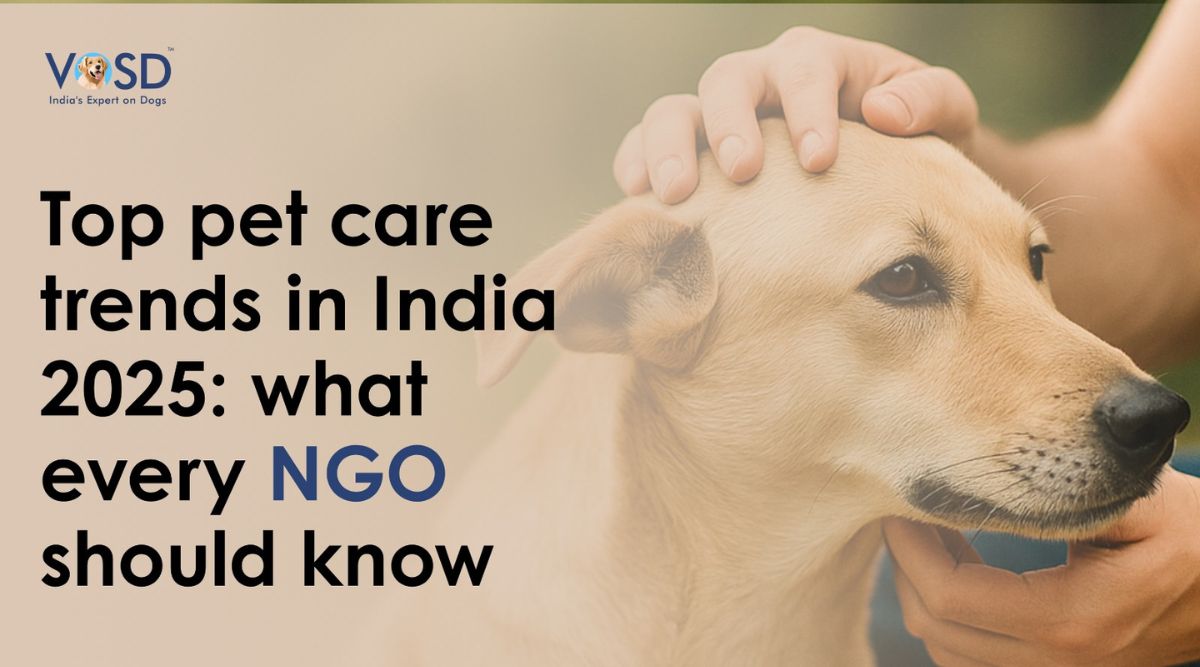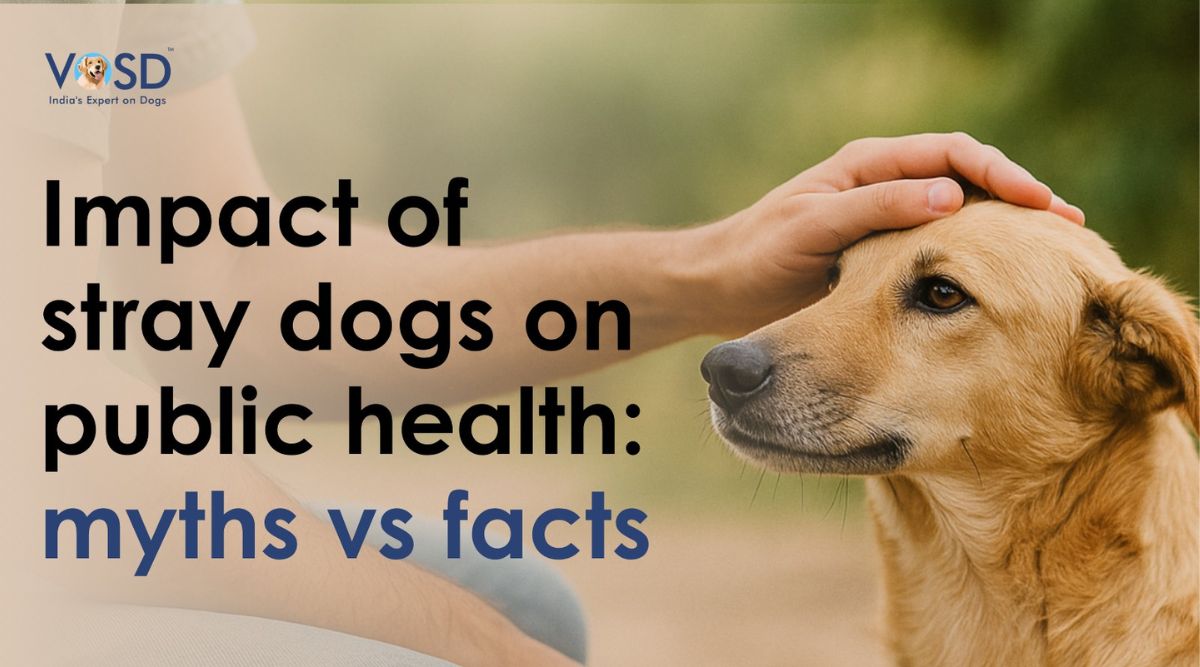We’ve talked about halitosis and we’ve talked about the importance of oral hygiene, but now, we are discussing gum disease.
Today, it isn’t enough to just keep tabs on the condition of your dog’s teeth. It is also essential to assess the condition of its gums. Oral hygiene is a requirement for everyone, due to more and more evidence that lack of hygiene in this area could cause several problems for your dog, from halitosis, to tumours. Gum disease is extremely common in dogs – more common than for humans. We explain more below.
What is gum disease or periodontal disease?
Simply put, gum disease is an infection of the gums. When plaque forms in the teeth, as it does in human teeth, it can accumulate and cause a lot of pain. Bacteria collects over time, and if not brushed, it can become very difficult to maintain and remove. The plaque hardens. When the bacteria becomes a big presence in the mouth, the immune system starts to get alarmed.
Why is gum disease more common in dogs than in humans?
Gum disease happens more in dogs for two reasons. One is that dogs aren’t able to brush their own teeth, and if we own dogs, we do not brush them on a daily basis like we do our own teeth. The other reason is that dogs have a mouth that is less acidic than humans – it is more alkaline instead. The bacteria thus does not break down the way our own saliva does.
What are the symptoms of gum disease in dogs?
While initially hard to spot, gum disease can become extremely problematic. It all starts off with a simple accumulation of plaque, and before you know it, it can cause a lot of destruction to your dog’s mouth. Your dog might start to lose teeth, suffer from intense pains and many more things if left untreated.
The symptoms of gum disease are as follows:
Bleeding gums – Bleeding gums are never a good sign. You will start to see a lot of blood around the gum area especially when your dog is trying to chew something. Regularly examine the mouth to observe bleeding gums (which, by the way, are extremely common).
Bloody saliva – Of course, when the gums start bleeding, it could cause bleeding in the entire mouth region. You might notice that there is blood in your dog’s drool. Take your dog to the veterinarian immediately if this is the case.
Halitosis – Bad breath, or halitosis, can happen easily if the dog is not getting the right kind of food or if it’s unwell. Halitosis can often point to other diseases, most of all gum disease.
Loose teeth – Weakened teeth due to plaque formation can be a sign of gum disease.
Hesitancy while picking up food – Your dog is in pain, and this might significantly alter its ability to use its mouth effectively, especially to chew or pick up food particles.
Aggression – A common symptom signifying some kind of illness. Your dog can become aggressive because its entire mouth region is in severe pain and it does not know how to handle this.
Why is it important to deal with gum disease immediately?
It is likely that gum disease can cause a host of other problems. If the gum disease escalates, you might find that the inflammation might be very hard to control. Gum disease can also be destructive to the jaw bones. Dogs with gum disease might be at a higher risk of suffering from kidney, liver, and heart disease.
If it happens, here’s what the veterinarian will do…
Periodontal disease/gum disease is extremely common. Your dog might already be suffering from it. Periodontal care for animals is also a growing field because of increased importance placed on oral and dental hygiene.
If your dog is at an early stage of gum disease, the veterinarian will only see mild inflammation and redness. He or she will then just perform a quick cleaning of the gum-tooth area.
If your dog is at a slightly more advanced stage, your dog’s vet will have to medicate and clean the roots of the teeth and the gum tissue.
If there is loss of bone, then the veterinarian will have to do a deep clean of the gum flap along with other treatments and antibiotics to reduce pain.
If all of these do not work and the disease is extremely advanced, then tooth extraction is the only potential solution.
Prevention is always better than cure
The best way to help your dog is to maintain your dog’s hygiene always. And while you might think that you’re doing enough to make sure your dog doesn’t have plaque build up and gum issues, trust us when we say you probably aren’t.
Brush your dog’s teeth twice a day – You heard us. If you have the ability, brush your dog’s teeth twice, or at least once, every single day. Think of it as a similar routine to the one you follow. Brush gently to eliminate food particles that get caught. Keep your dog’s mouth fresh and clean.
Regularly get health check ups for your dog – Taking your dog to the veterinarian or the veterinary dentist is the ideal way to make sure that you haven’t missed out on anything that could result in inflamed gums or cause tooth damage.
Feed your dog good food – Don’t skimp on high quality meals. Cook healthy and hearty meals for your dog. This will make a huge difference to your dog’s oral hygiene.
Don’t let your dog’s mouth become ravaged by lack of proper care. Work to ensure that your dog never has to get too much treatment done for gum disease!
The information contained in VOSD Vet Advice™ is not intended nor implied to be a substitute for professional medical action which is provided by your vet. You assume full responsibility for how you choose to use this information. For any emergency situation related to a dog’s health, please visit the nearest veterinary clinic.








